| |
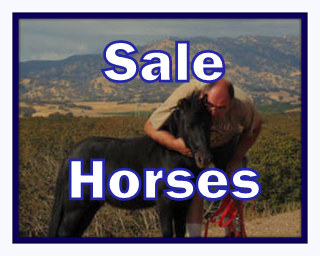 |
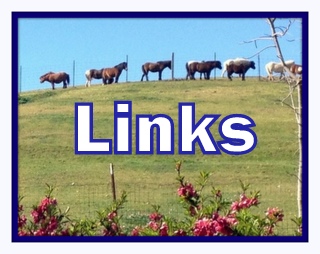 |
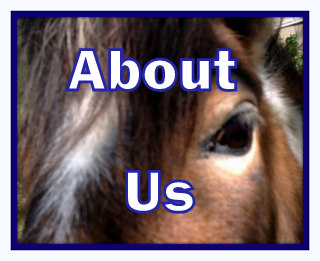 |
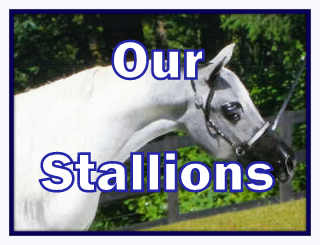 |
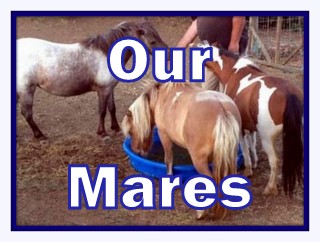 |
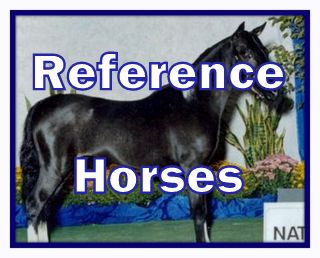 |
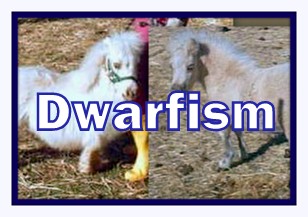 |
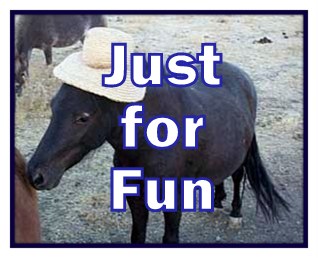 |
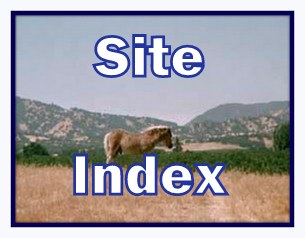 |
Dwarfism
Dwarfism in Miniatures is generally believed to be genetic. Research is still ongoing spearheaded by John Eberth at University of Kentucky. Four mutations have been found in one gene (D1, D2, D3, D4), with D1 being lethal. Tests for these four are available from the University of Kentucky, Gluck Equine Research Center.
Commonly referred to as ACAN test results.
Testing for Skeletal Atavism (SA) is also being performed now through UC Davis.
**Alternative and cheaper places to get the ACAN and Skeletal Atavism tests done:
Practical Horse Genetics in Australia. ($90 US for the full panel).
Link: PracticalHorseGenetics.com
Center for Animals Genetics, Germany. (60 Euros). Link: Center for Animals Genetics (CAG)
It's 2020, it's time for breeders to get as many Miniature Horses tested tested as possible. Only with tested breeding animals can breedings be planned so as not to produce dwarfs (ex. a horse that is N/N negative could be bred to one that is a carrier and safely produce a horse that will not be a dwarf, although it could be a carrier too. The elimination of dwarfism can only be managed by ALL breeders doing there part.
Eliminating the genes responsible for dwarfism will take many many years, and only with proper planning. KNOWLEDGE/EDUCATION about dwarfism is the first step.
There is a Facebook Group (Miniature Horse Dwarfism Test Results - thanks to Susan Corbett Oberg) that is sharing their testing results and a European database(Zwergenwuchs bei Equiden) has been established too.
A complete website full of information can be found at equine-dwarfism.com.
A Checklist for Miniature Horse Breeders
Some Common Phenotypical Characteristics of Dwarfism in Miniature Horses
____ Legs do not gow in length (normal bone growth does not occur and/or occurs unvevely at the epiphyses). Foals may appear "cute" at birth but as head size, body depth, length and width increase with age, the legs do not grow in length. This the adult dwarf appears to have an oversized head and/or body for its overall height.
____ Dwarf Foals are often born with retracted tendons, club feet, buck knees, that cannot straighten at birth. Join enlargements and join deviations (epiphyseal growth irregulaties) are common. Extreme cow hocks, extremely short gaskins, and severe sickly hocks all with varying degrees of visible 'joint looseness' and/or joint weakness are also common. Premature arthritic processess take place in most dwarfs, resulting in progessive ambulatory disabilities.
____ Undershot (Bulldog or monkey bite). The molars therefore are mal-aligned, requiring that teeth be floated much more frequently than for a normal Mini.
____ One type of dwarf has a large bulging forehead with extreme dish (convex) face and turned up nose. Overly large and protruding eyes (sometimes placed and uneven angles). Nostrils placed to high up on the face (brachycephalic). A second type of dwarf has a more normal shaped head and eye but the head is much to large for its body. This type of dwarf does not usually have an undershot jaw as described in #3.
____ Head obviously longer than the neck. The distance from the poll to the withers should always be at least 1.1 times the distance from the tip of the nose to the poll. (In full size horses, the neck is almost 1.5x longer than the head.) In some dwarfs, the neck is so short that the head appears to come directly from the shoulders.
____ Girth depth is greater than leg length; enlarged entrails and genitals. Pot bellies are inevitable.
____ Scoliosis, kyphosis andor lordosis (vertebral deviations) are common.
____ Often unable to rear or stand on hind legs. Odd tiltling backwards gait, with shoulder markedly higher than croup.
____ Mental retardations and inactivity/depression (possibly due to pain) are often sequel to the various forms of dwarfism.

